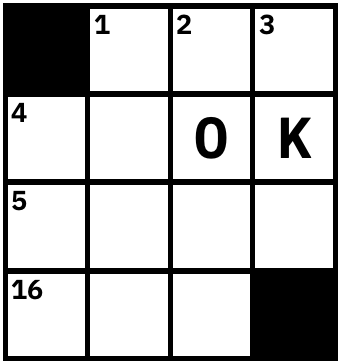I want to assign a ligature to a unicode character. For example, 00B1 is ± and imagine that I also want to make so that if you type +- you get ±. (I’m doing more than that but that’s a simple example.) But if I create a glyph named plus_minus, when I assign it a unicode value, the ligature rule doesn’t get generated anymore. That’s even the case if I name it plus_minus.rlig.
I found this old post Standard ligatures & Unicode that says I can do this by turning on custom naming but that doesn’t fix the problem: it still doesn’t create the ligature rule.
The only workaround I can see is to either (1) create all my ligature rules manually (since you can’t mix and match auto-generated and manual rules) or (2) create a second character that includes the first character as a component. Either seems clumsy.
It seems to me that if I explicitly add .liga, .rlig, etc. suffix to a glyph name than it should include it in the appropriate ligature feature even if it’s assigned a code point. What else could it mean?
